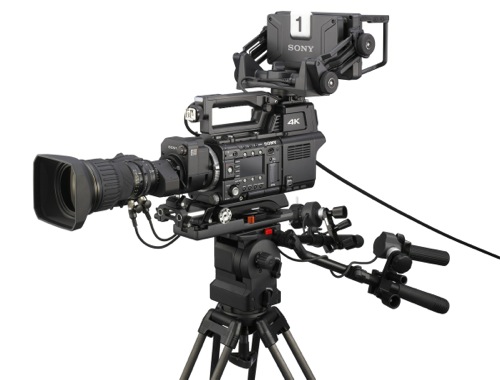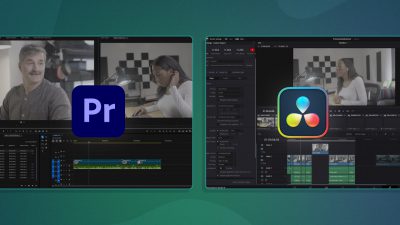The 2014 World Cup broke all sorts of records in terms of audience and online activity, but some of the most impressive activity was actually happening on the sidelines of the pitch and in the sky: the video technology being used to capture all the key moments of the games and transmit them to viewers. I know I felt particularly fond of my iPhone when I was able to live-stream the final game while on a bus back from Boston and didn’t miss a thing! Here is an overview of the cutting edge video equipment used during the game to capture and transmit sharp live footage around the world throughout the tournament.
Security
The 2014 World Cup attracted a massive audience with fully packed stadiums and some VIPs, like heads of state, in attendance. Keeping everyone safe and secure required a massive security presence, and modern tools like robots, drones, and eyeglasses equipped with facial recognition software. Some may worry about the increasingly normalized surveillance state, but for a major event like the World Cup attracting 600,000 people, there is a trade-off that must be made. To set up eyes in the sky, Brazil purchased drones from Israel, and used them to help curb violence ahead of the start of the games as well as after kickoff. Similarly, 30 battle-tested robots equipped with HD cameras were on hand to neutralize any suspicious packages and to investigate dangerous areas.
Accuracy
The goal-line technology used at the 2014 World Cup got a lot of attention, and for good reason. Play reviews and contests from coaches are unlikely to ever become a reality, but innovative goal detection technology that does not interrupt the flow of the game has already proved successful. This video from ESPN provides a great overview of the technology and the valuable information it provides to refs:
Video Credit: ESPN
Immersive Fan Experience
Camera technology keeps advancing, and the cameras used for certain World Cup games were no exception. Sony and FIFA partnered to capture 4K footage of a select few games used for streaming and also to produce a video of the 2014 World Cup experience. They also set up viewing lounges with 4K steaming on certain Sony Bravia TVs that support the technology. The quality is exceptional, but 4K technology has not become widely accepted yet, and until more viewing devices support it, capturing 4K footage might not be necessary. Sony and FIFA’s partnership was a major marketing push to promote 4K technology to the massive audience tuning into the games, so look for demand to increase beyond early adopters in the coming year.

In addition to 4K video, the final game of the 2014 World Cup was filmed in groundbreaking 360-degree panoramic ultra-HD footage by the OmniCam, developed by the Fraunhofer Heinrich Hertz Institute in Germany. This footage will be available in the new FIFA World Football Museum scheduled to open in Zürich in 2016, and will make 360-degree viewing of the event possible. In terms of tech specs for the camera, the Institute offers the following: “The OmniCam consists of a scalable, mirror-based multi-camera rig and enables panoramic video to be shot at a resolution of 2 thousand x 10 thousand pixels. 10 digital cameras using ten 36 degree mirror segments deliver single segments which are stitched together in a real-time processor to generate a parallax-free, high quality video panorama.” Fancy stuff!

Image Credit: Fraunhofer Heinrich Hertz Institute
What was your favorite moment in the 2014 World Cup? Who were you rooting for? Let us know in the comments below or share with us on Twitter.









